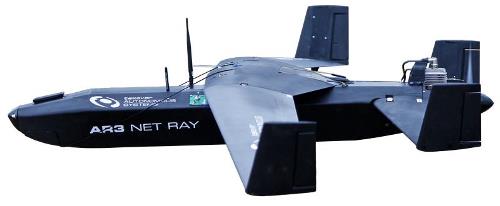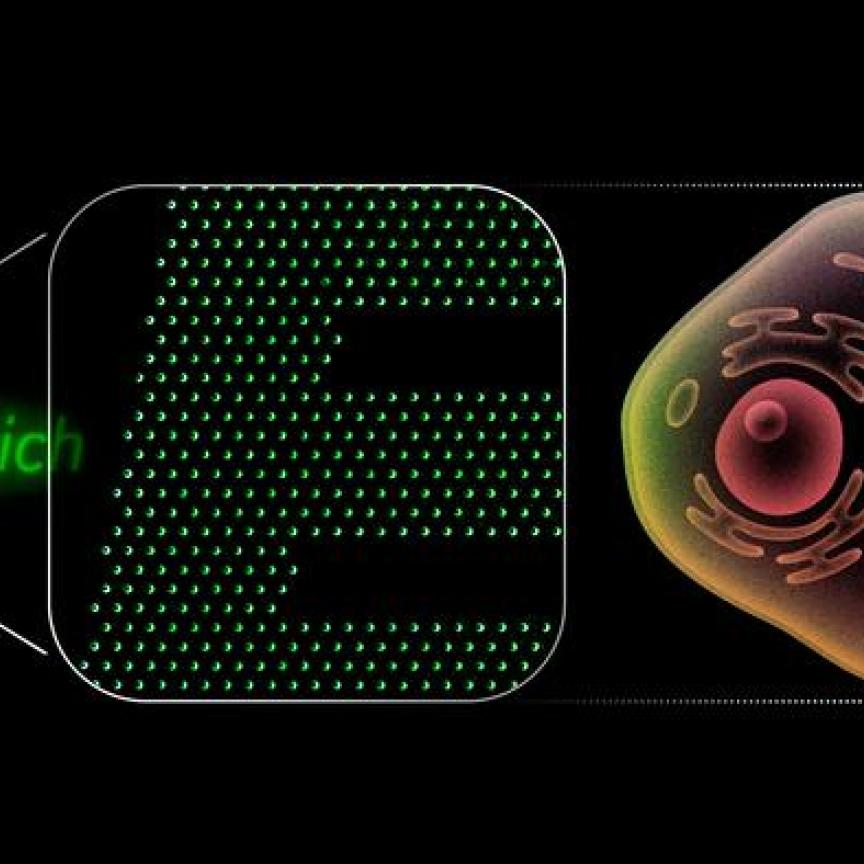A wideband sensor able to measure toxic gasses at speeds of 120km/h and heights of 4,000 metres has been developed by European researchers. The new sensor has been designed to be mounted on a drone to help direct evacuations, reduce damage and save lives in the aftermath of major disasters like wildfires, chemical blazes, or volcanic eruptions.

Critical air quality information is needed for deploying emergency services, evacuations and survival in the aftermath of a catastrophic event, such as a volcanic eruption, a wildfire or a chemical plant explosion.
Natural disasters like the infamous eruption of Iceland’s Eyjafjallajökull in 2010 can severely impact air quality and safety in the short term and are often outside the reach of fixed monitoring station networks.
Similarly, wildfires, which destroyed 700,000ha of land in the EU this year, according to the European Forest Fire Information Service (EFFIS), and 8.8 million acres caused by 52,699 individual fires in the USA in 2017, are estimated to kill up to 339,000 people worldwide per annum.
Developed as part of a Horizon 2020 project, the FLAIR (or ‘Flying ultrA-broadband single-shot Infra-Red Sensor’) drone aims to provide real-time air quality data used for quick decision-making during evacuations and the deployment of rapid response emergency services. A prototype is expected to be ready in 2018.
'For the first time, a drone reaching altitudes of up to 4,000 metres will be able to detect fine traces of air molecules that are dangerous to our health with a state-of-the-art laser sensor. The drone can map out areas that are too dangerous for humans to go and can transmit data in real time to a ground processing unit,' explained André Oliveira, project coordinator of Tekever Autonomour Systems, an industrial partner.
Standard gas sensors on ground-based stations usually deploy light detection and ranging (lidar) or differential optical absorption spectroscopy (DOAS), focusing on one or few specific molecules, such as carbon dioxide and methane, using a narrow spectrum laser.
However, because the FLAIR sensors work in a much wider spectrum, more detailed signatures in the gas mixture can be detected, such as carbon dioxide, methane, sulphur oxides, and nitrogen dioxide.
It works by beaming the sampled air in a ‘multipass cell’ to increase the total optical path length for exposure with a supercontinuum laser, allowing the tiniest concentrations of complex, toxic gas mixtures to be detected.
The gas concentrations are measured by reading the unique frequencies, or ‘signatures’ of the air sample, that become absorbed and ‘dimmed’ in the laser light. To improve detection, these unique frequencies of the multiple gasses are separated.
The light then passes through a series of gratings and lenses, illuminating the surface of a multi-pixel detector, a device able to distinguish particles at the photon level.
From these separated pixels the system can then detect exactly ‘what’ and ‘how much’ of the poisonous gas is present. The drone then relays this microscopic information to the user on the ground in real time
'Immediate detection with such accuracy and precision, without putting lives at risk allows us to visualise vast areas of danger much more effectively. A tailored response can therefore be deployed to disaster situations, reducing damage or even saving lives', said Oliviera.
'For the first time, a gas sensing device has been created from the hybrid of an optical spectrometer and a high-resolution spectroscopy gas sensor. By employing infrared absorption spectroscopy in either the 2-5 microns and 8-12 microns wavelength windows where most of the harmful gasses have absorption signatures, the optical sensors can detect many molecules, simultaneously in real time,' Oliviera said.
Participants from five other European countries include: Senseair AB (Sweden); NKT Photonics A/S, Danmarks Tekniske Universiteit (Denmark); New Infrared Technologies SL (Spain); Stichting Katholieke Universiteit (Netherlands); Eidgenossische Materialprufungs-Und Forschungsanstalt, CSEM Centre Suisse D’Electronique et de Microtechnique SA – Recherche et Developpement (Switzerland).

